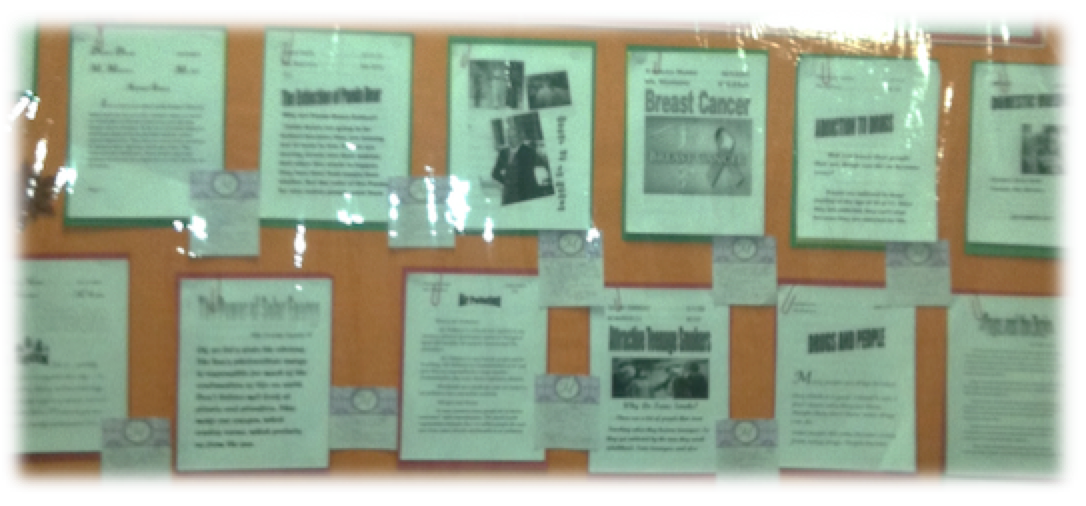Best Practices in Writing for ELLs
Completion requirements
View
x
3. Strong Writing Programs
The core components of effective writing instruction:
- Provide students with meaningful writing experiences by assigning authentic writing tasks that promote personal and collective expression, reflection, inquiry, discovery, and social change.
- Establish writing routines to help build their confidence in, and comfort with, their ability to write and generate ideas of their own;
- Focus mini-lessons on craft such as text structure, character development, plot, themes, and
 the conventions of grammar such as spelling and punctuation;
the conventions of grammar such as spelling and punctuation; - Teach the writing process to include planning, revising, and structured peer review or peer coaching;
- Develop a common language for expectations, routines, and feedback.
Successful writing programs have:
- Procedural supports such as conferences, planning forms and charts, checklists for revision/editing, and computer tools for removing transcription barriers
- A sense of community in which risks are supported, children and teachers are viewed as writers, personal ownership is expected, and collaboration is a cornerstone of the program
- Integration of writing instruction with reading instruction and content area instruction (e.g., use of touchstone texts to guide genre study, use of common themes across the curriculum, maintaining learning notebooks in math and science classes)
- A cadre of trained volunteers who respond to, encourage, coach, and celebrate children's writing, and who help classroom teachers give more feedback and potentially individualize their instruction
- Resident writers and guest authors who share their expertise, struggles, and successes so that children and teachers have positive role models and develop a broader sense of writing as craft
- Opportunities for teachers to upgrade and expand their own conceptions of writing, the writing process, and how children learn to write, primarily through professional development activities but also through being an active member of a writing community (e.g., National Writing Project)
Spelling and Handwriting
- Sequencing skills or grouping elements (words or letters) in developmentally and instructionally appropriate ways;
- Providing students opportunities to generalize spelling and handwriting skills to text composition;
- Using activities that promote independence;
- Establishing weekly routines;
- Providing spelling or handwriting instruction for 15 minutes per day;
- Introducing the elements at the beginning of the week;
- Modeling how to spell the words or write the letters correctly;
- Highlighting patterns and pointing out distinctive attributes (or having students "discover" these); and
- Opportunities to practice with immediate corrective feedback, or student peer review and peer coaching.
- Genre studies that focus on structure and use graphic organizers to help segment elements from one genre to another.
- Opportunities for reflection, such as writing logs, reading logs, brainstorm notebooks and brainstorm sessions with peers.
- Provide students with a number of graphic aids for planning and organizing drafts.
Writing Notebooks: Students record their ideas for writing as they get them, thus writing notebooks are a routine material for classroom writing blocks. They can log new ideas, add to old ideas, resource ideas, and make adjustments to short clips of writing as needed. ELL students need to record ideas as they come to them, because with the flood of new learning and language translations taking place, it helps to have somewhere to record them and know they can resource later.
See Atwell, 1998; Calkins, 1994; Culham, 2003; Elbow, 1998a, 1998b; Graves, 1994; Spandel, 2001; Troia & Graham, 2003